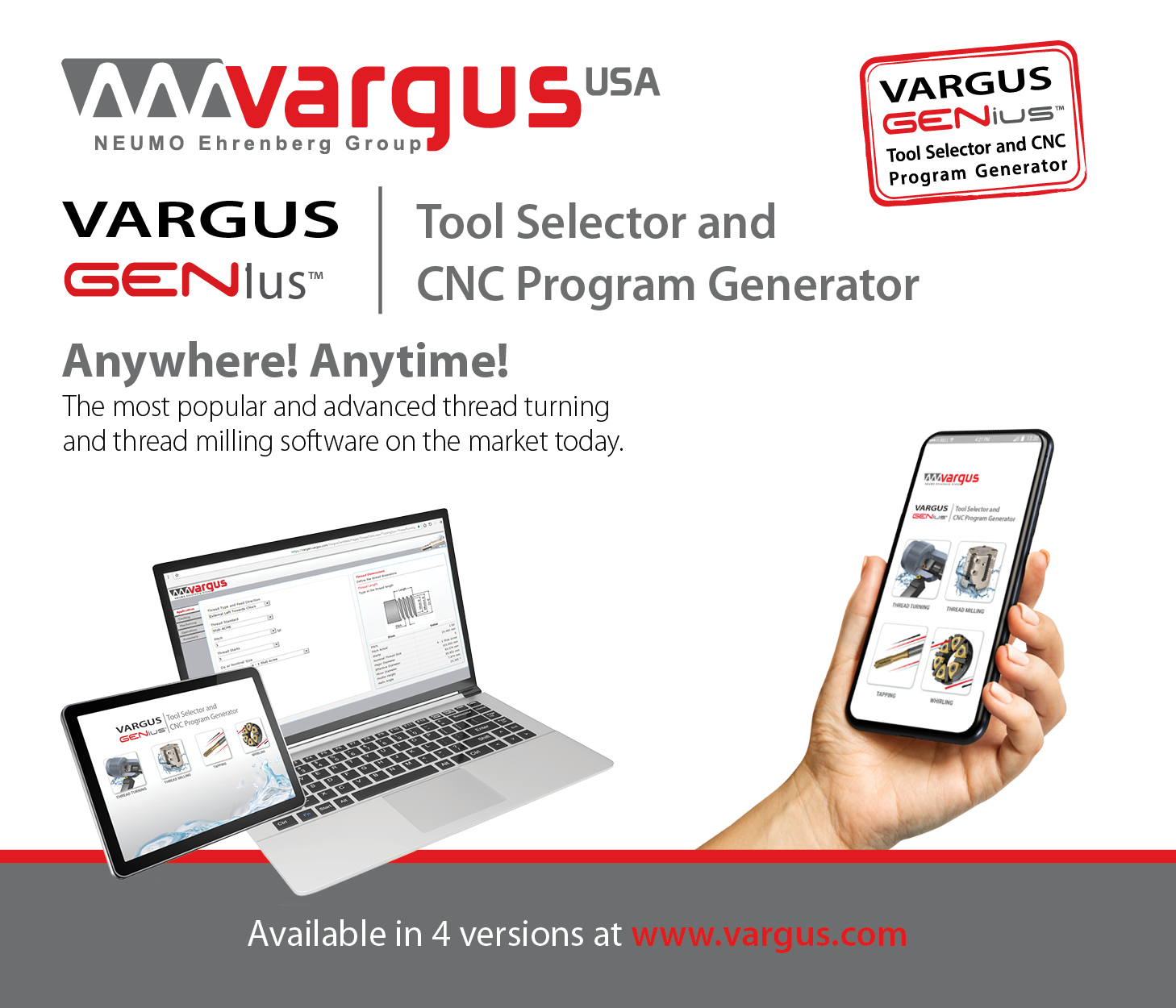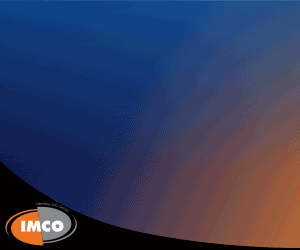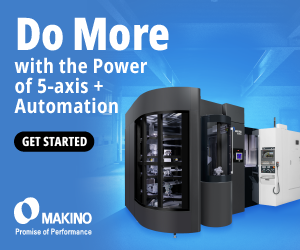The next generation of Nitinol-based microscale medical implants, such as heart valves, neurovascular stents and bioabsorbable scaffolds, or stents, will require a true athermal laser machining process that doesn’t create any heat-affected zone (HAZ) and operates at a speed that doesn’t make the process cost-prohibitive, according to Norman Noble Inc. The medical device contract manufacturer developed the Noble S.T.E.A.L.T.H. (System To Enable Ablation Laser Technology Haz-free) to achieve those requirements, which other technologies cannot, the company stated.
The new ultrashort-pulse laser system is not only faster than most heat-inducing lasers, it is reportedly the fastest athermal laser process. Chris Noble, the company’s vice president and COO stated that the laser process produces higher quality cut surfaces in one-third the production times compared to the alternatives.
“The science for medical implants, particularly bioabsorbable scaffolds and Nitinol-based microimplants, is in a state of rapid development,” Noble said. “Our customers had a growing need for HAZ-free laser technology to enable machining of their newest medtech implant designs.”
The system can cut through 0.030" (0.762mm) material in a single pass and produces narrow kerf widths of 0.00045" (11.4µm) in Nitinol, a shape-memory alloy, and 0.00025" (6.4µm) in bioabsorbable polymers.
In addition to quickly producing parts, the new laser system shortens overall manufacturing time by eliminating blasting to remove HAZ and, in some cases, deburring and electropolishing. According to the company, the system is for Norman Noble’s in-house contract manufacturing services and it does not plan to sell or license the technology.
For more information about Norman Noble Inc., Highland Heights, Ohio, call (800) 474-4322 or visit www.nnoble.com. CTE
Related Glossary Terms
- heat-affected zone
heat-affected zone
That portion of the base metal that was not melted during brazing, cutting or welding, but whose microstructure and mechanical properties were altered by the heat.
- kerf
kerf
Width of cut left after a blade or tool makes a pass.
- laser machining
laser machining
Intensified, pulsed beams of light generated by lasers—typically carbon dioxide or neodium-doped yttrium aluminum garnet (Nd:YAG)—that drill, weld, engrave, mark, slit and caseharden. Usually under CNC, often at both high cutting rates (100 linear in./sec.) and high power (5kW or more). Lasers also are used in conjunction with in-process quality-control monitoring systems allowing measuring accuracies of 0.00001".


 ARTICLES
ARTICLES

